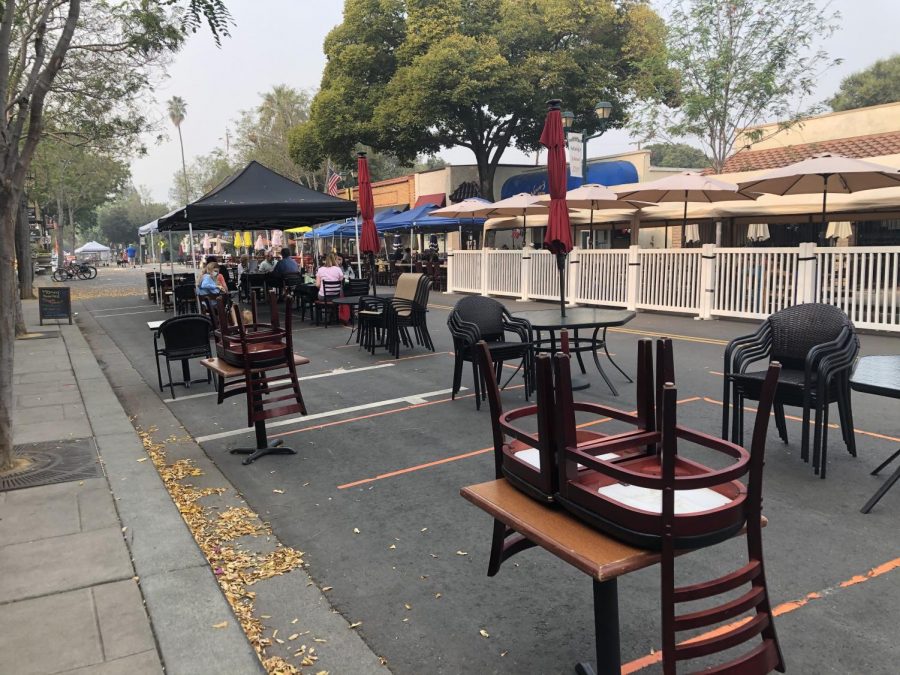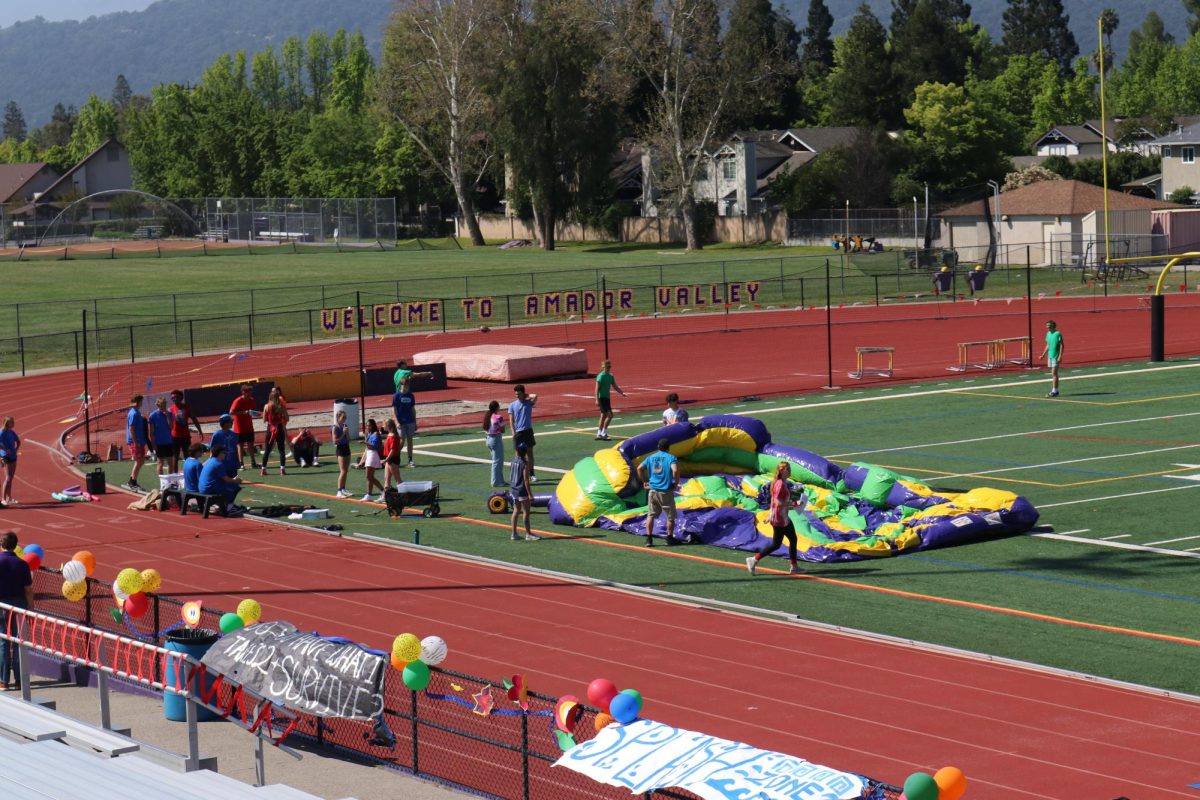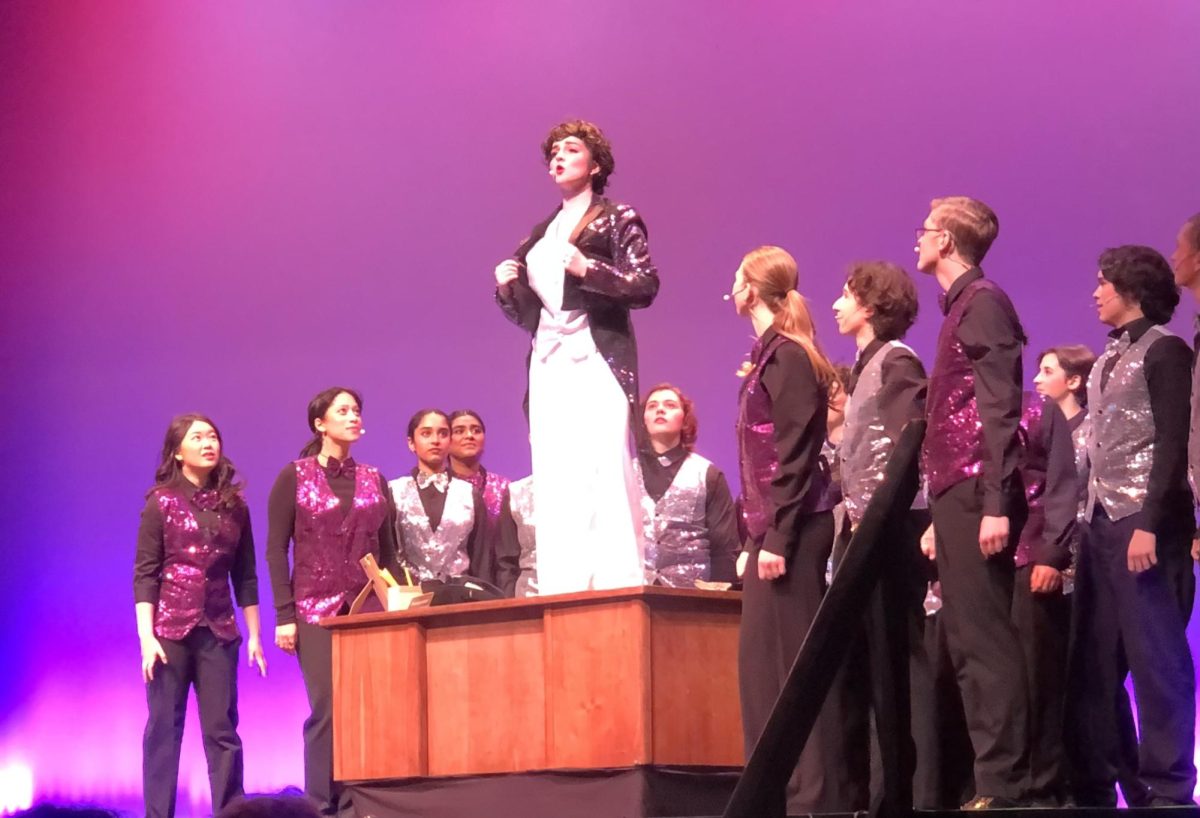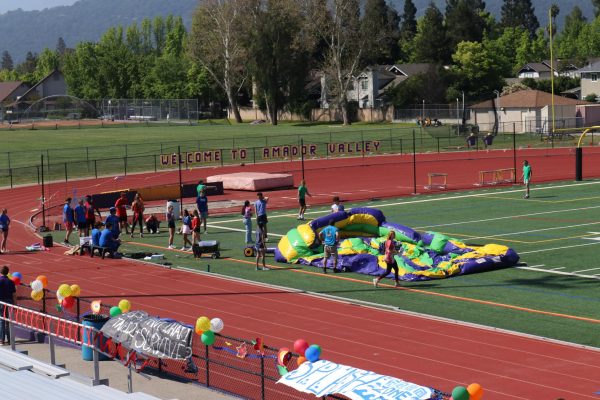Alameda COVID-19 Restrictions ease up as malls open doors and outdoor dining is allowed
Many restaurants of downtown Pleasanton can now offer outdoor dining for their customers.
September 19, 2020
Alameda County has eased Coronavirus restrictions, allowing certain businesses to reopen. This was a result of Governor Gavin Newsom’s new plan to reopen California starting in late August.
The plan, “Blueprint for a Safer Economy”, is a four tier system. Each county is assigned a color depending on how many Coronavirus cases are present, and how many people test positive. The more at risk and widespread the virus is in a certain county, the greater the restrictions.
A county could be categorized into one of four colors: purple, red, orange and yellow, with purple having the most widespread cases and yellow having the least widespread cases. Alameda county is classified as a purple county, which has the most restrictions in place.
“We’re looking at four tiers, color coded, making it a little bit simpler for folks, purple, red, orange and yellow. We don’t put up green because we don’t believe there is a green light that says go back to the way things were or back to a pre-pandemic mindset. Quite the contrary, these are the guidelines, these color coded county guidelines that we’re putting forward to get us through this flu season, to prepare for the upcoming flu season, a twindemic as we deal with flu and we deal with COVID-19, to work through the next few months in the state of California,” said Newsom.
This is not the first attempt to reopen California. In May, Newsom proposed a 4-staged plan. The first stage is requiring everyone to stay home. As cases decrease, restrictions lighten up slowly, until California is fully reopened. However, California was shut down again in July, due to a spike in cases.
“This idea [that] it was going to go away in the summer during warmer months, somehow it would disappear based upon an assertion, a tweet, or a headline has been substituted by a different reality that not only are we experiencing in California, but all across the nation,” said Newsom.
Shutting down California affected everyone, but had a profound impact on numerous restaurants and small businesses statewide.
“In March and in April, as a restaurant, the pandemic affected my business dramatically. We were down over 70% in sales so if you can imagine a $200,000 month last year is a $60,000 month this year, so a dramatic drop in sales and that meant a dramatic change in labor. Labor is one of the most expensive parts of your business so it was definitely frightening,” said Todd Utikal, the owner of Sidetrack(a restaurant in downtown Pleasanton).
The lockdown caused many businesses to temporarily close due to Coronavirus concerns. This hurt businesses significantly, as no customers were coming in. It also caused a rise in unemployment, because it was not safe enough for non-essential workers to go to work.
Newsom’s plan would permit outdoor dining in Alameda County, allowing restaurants to open their doors. This is not new for Pleasanton, which started outdoor dining over the summer. While allowing outdoor dining benefitted restaurants and increased business, indoor dining is still not allowed in Alameda County.
“The goal would be for restaurants is allowing us indoors, so as we get closer to winter, nationwide restaurants are starting to get very nervous. We live in California, [so] we don’t have brutal winters, but still people would rather be inside than outside so if he loosens restrictions to the point where I can get 25 or 50 percent capacity indoors that would be great,” said Utikal.
Amador students also shared their opinions on loosening restrictions in Alameda county, with some wanting to go out more because of this change.
“If COVID restrictions eased up, I would go out more just cause the officials are saying it’s more safe now. I would feel more comfortable now that the restrictions have eased up because if they’ve eased up the restrictions, it must be more safe,” said Kurtis Bauman (‘24).
Ever since Coronavirus cases started to decrease in late July, people are more comfortable with going out more. However, many agree that people should still continue to follow social distancing guidelines and to wear masks in public places.
“I think it’s public respect, like if you’re outside, wear a mask, stay 6ft apart for people because you don’t know if they have a high risk person in their family, just be careful especially if you’re outside. It’s better to be safe than sorry.” said Sophie Evans (‘21).
With the easing up of restrictions, there are concerns. Some feel it is too soon and that people will not follow the proper guidelines.
“My biggest concerns [about easing restrictions] are people will start relaxing, [and] maybe not wear masks, and cases will go up again and then you’re back to square one. You eased up the restrictions, but you went back to where you were before so if you’re making no progress that’s the worst thing that could happen if you ease restrictions too early,” said Evans.
California has already fallen victim to easing restrictions too early back in May, and as a result, Newsom was forced to shut down California again in July. He promises that the new plan will be better than the last one.
“We have been previewing that we wanted to make adjustments based upon the input we received from county health officers, input from experts, our own experience in California, to adjust the frameworks from the old monetary list to a more dynamic list that we hope is not only more dynamic but is more simple to understand, stringent in terms of its application, but statewide in terms of its consequence, in terms of what it covers,” said Newsom.
We just have to wait to see what the future holds.















